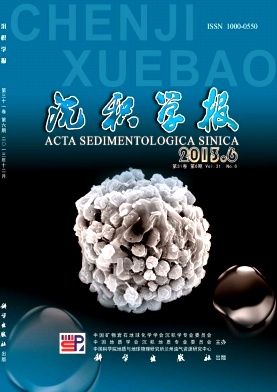Preliminary Study of Three dimensional Flow and Deposition of Turbidity Currents in Sinuous Submarine Canyons
- Publish Date: 2013-12-10
-
Key words:
- turbidity currents /
- numerical simulation /
- sinuous canyon /
- flow and deposition
Abstract: The characteristics of the flow and deposition of turbidity currents in deep-sea is a focus of present research. A three-dimensional computational model based on Reynolds-averaged Navier-Stokes equation and buoyancy modified turbulence k-ε model is used to study the flow and deposition of turbidity currents in a sinuous submarine canyon with arc cross-section. The findings are: (1) subaqueous turbidity current generally increases its thickness on its way downstream due to the entrainment of environmental fluid and spills over the bank as soon as its thickness exceeds the height of the canyon, resulting in mass and momentum losses; (2) at channel bend apex, much current strips out due to centrifugal force; the largest local stripping occurs just downstream the outer bank of the bend apex, excess density of the stripped current reaches as much as 37.5% that of inflow; (3) the secondary flow at canyon bend apex is river-like, i.e. directed from outer bank to the inner bank near the bed for the arc-shaped channel simulated; (4) in the canyon simulated, deposition occurs around canyon center and downstream the inner bank of bend apex, while erosion occurs downstream the outer bank of bend apex. Those features may assist us in reconstructing the ancient environments in exploring the submarine hydrocarbon reservoirs by observing the turbidites.
| Citation: | Preliminary Study of Three dimensional Flow and Deposition of Turbidity Currents in Sinuous Submarine Canyons[J]. Acta Sedimentologica Sinica, 2013, 31(6): 1001-1007. |






 DownLoad:
DownLoad: